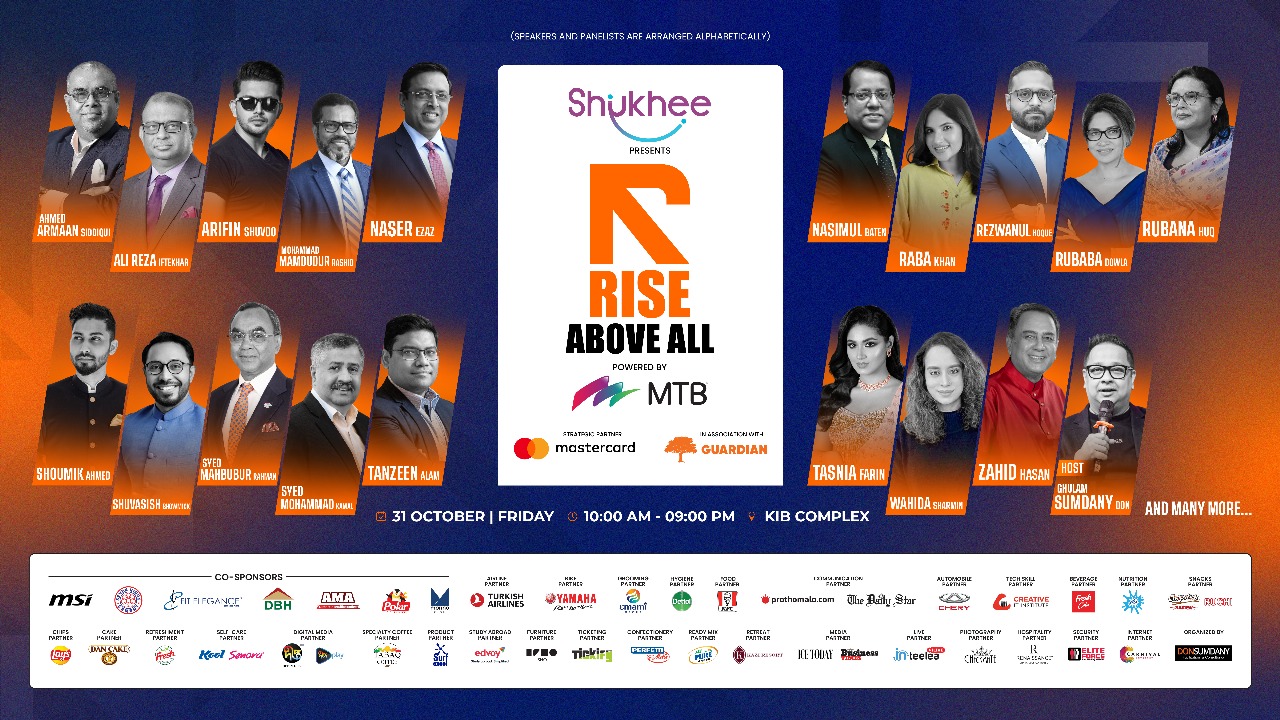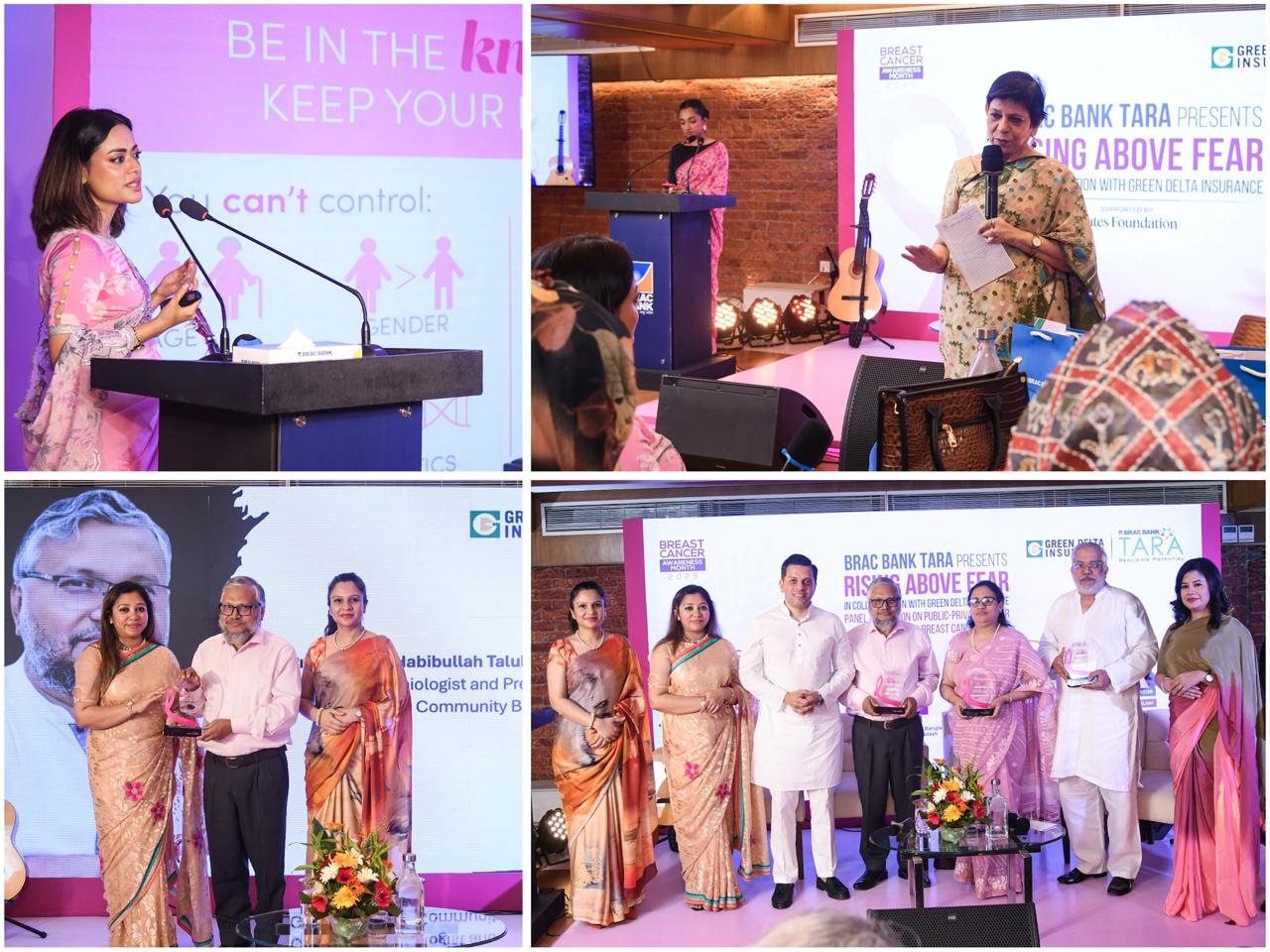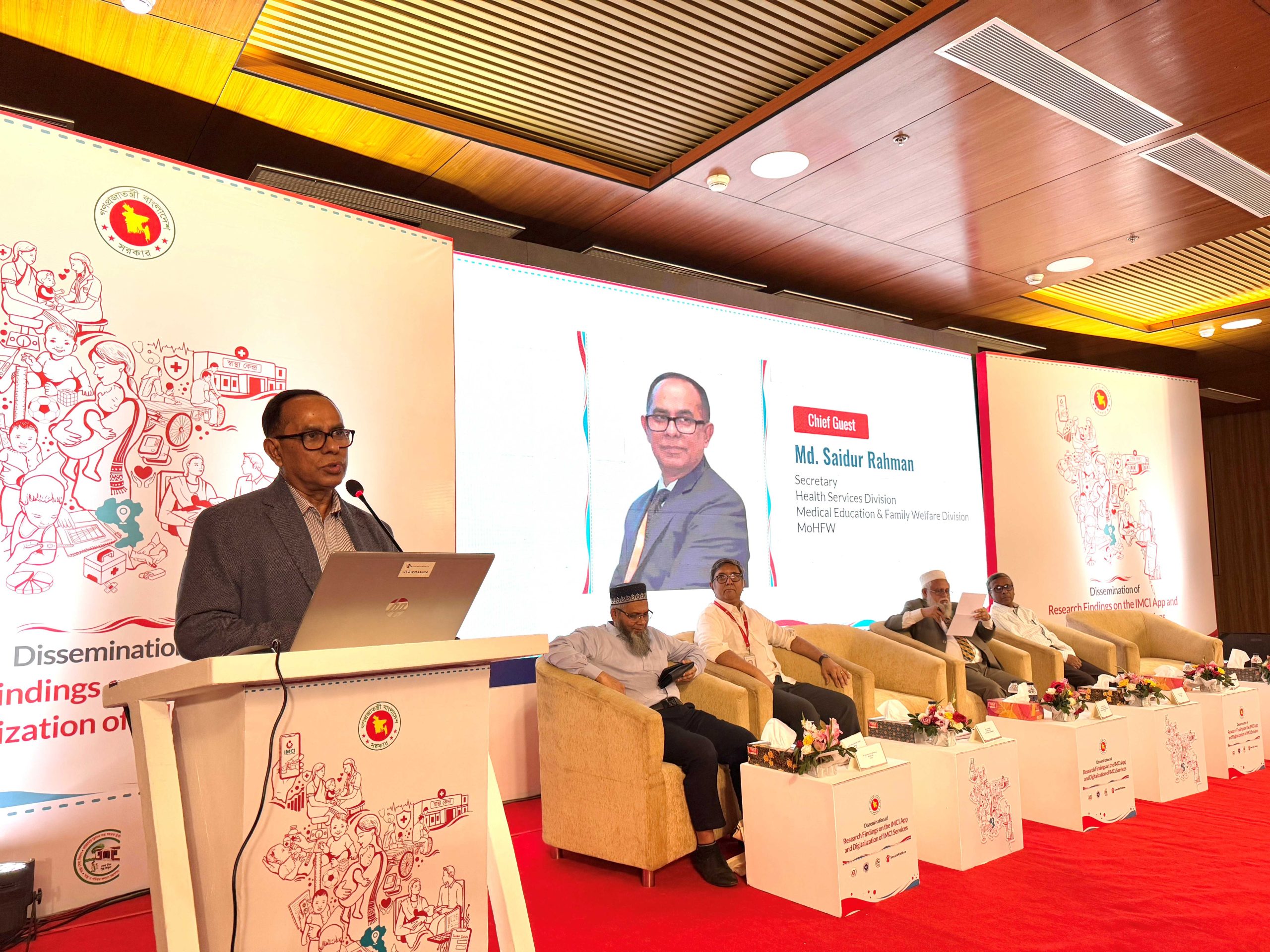The publishing industry of Bangladesh still languishes despite potential
The publishing industry of a country that devotes its expertise and energy to the production of indigenous books can have a far-reaching influence in every sphere of the national developmental activities. The variety of books needed by the reading public is infinite and has to keep pace with changes in their needs and taste, and as a result publishing is a competitive and high risk industry. At the very centre of the publishing enterprise are financial considerations.
The economics of book publishing is related to such divergent factors as the rate of literacy, level of income, the reading habit of the population, the government’s policy towards the sectors, libraries and the educational system. Publishing is also affected by scarcities. Not only is there a shortage of capital available for investment in publishing and a dearth of skilled manpower, there are also not enough books to meet the growing demand of some specialised books. There are not enough authors writing relevant, useful books. On the other hand, we have not been able to increase the number of readers, despite growth of the economy, to push an upward movement of the publishing industry.
History
Publishing in Bangladesh has always had shaky financial foundations. On its independence, the country did not inherit any developed publishing infrastructure. There was however a good number of printing presses, although they were not particularly geared to printing of books. In terms of development and growth of the publishing industry, Bangladesh has had to face all the difficulties and constraints typical in any developing country. Perhaps the most glaring reason for the stunted growth of the publishing industry was the sharp decline in the standard of education since 1971. Except for a small presence of English language publishing, all books published in the country are in the national language, Bengali.
Are records being kept?
In order to assess the development of publishing in terms of quality we need to understand that it is difficult to give any graphic descriptions where quality of content is concerned. One important measure would have been a survey of book reviews published in journals, newspapers, literary magazines and so on. Unfortunately the idea of literary reviews in print media has not caught on in the past decade, although some significant changes have taken place in Bangladesh Publishing. The National Book Centre, which oversees the Book Development activities, has maintained an informal record of general titles being published. The National Library and Archives under the Ministry of Cultural Affairs, publishes periodic bibliographies on the basis of the Legal Depository copies received by them from the publishers. It is almost certain that not all books published in Bangladesh are deposited as required by law for registration at the National Library and Archives. The first Books in Print published by the National Book Centre in Bangladesh, prepared from the current catalogues of the publishers of the country were released in January 1997.
Alternative promotion for the sector
There is, however, a unique institution which has developed in Bangladesh to promote books, generally referred to as the book fair culture. This feature is most prominent during the dry winter months. Book exhibitions form an integral part of any national or religious festivals. Boishakhi Mela (Bangla New Year) and Ekushe Boi Mela (Language Martyrs Day held on 21 February) are important landmark of this book fair culture. Newspapers run special columns reporting the daily progress of these fairs. The Dhaka Fair is a recent addition and each year important new features are added to the Dhaka Book Fair.
A very significant development has been the growth of readership of popular fiction. About half a dozen writers of popular fiction were able to capture this market. Traditionally, poetry books would have been the centre-piece of book exhibitions, but during the past decade it is believed that books on the Liberation War of Bangladesh and politics have also attracted many readers.
Current State
Publishing in the private sector has grown rapidly over the last ten years. It is estimated that about 35-40 publishing companies producing general and trade books release between 10 – 15 new titles each year. A large number, between 100 to 150, of medium and smaller booksellers/publishers annually publish 5-10 books each. ‘This has resulted from a lack of professionalism,’ Farid added. ‘Publishing is the job of a publisher, not a writer. Why should authors spend their own money to publish their works? They are forced to do so when no publisher is interested in bringing out their books. This is causing a drop in quality, as there is hardly any scope for assessment.’
As stated earlier, the National Curriculum and Textbook Board (NCTB) publishes primary level books for the Ministry of Education. The NCTB works closely with the Publishers and Booksellers Association. The bulk of the secondary level books are also produced for the NCTB by members of the Association who are called publishers but are actually printing contractors. They have none of the professional skills of editing or manuscript handling and produce books from camera-ready copies supplied by the NCTB.
‘Our publishing industry is yet to reach international standards,’ says Farid Ahmed, proprietor of Somoy Prokashoni and executive director of ‘Bangladesh Gyan O Srijonshil Prokashok Shomiti’, an organisation of publishers. ‘The main reason is the language barrier. All of our readers only read books written in Bangla. We cannot climb over that fence. We have a small readership in West Bengal, but there is no market for our books in the rest of the world. Another problem that we face is that we cannot bring down the book prices. Modernisation is only lifting the cost of publishing. Piracy has also become a headache in recent years.’
In regional context
In every country textbooks are among the most political commodities. A knowledge system is a powerful combination of forces which dominates in many ways the development and dissemination of new ideas, the links between resources, expertise, the size of the academic system and infrastructure. This means that ideas and knowledge products are to a significant degree centralized within the countries, therefore, in this context, the South Asian Association for Regional Cooperation (SAARC) countries (Bangladesh, India, Sri Lanka, Bhutan, Pakistan, Nepal and Maldives) willing to cooperate in textbook production shall have to consider de-politicising the content of the textbooks. How can this brought about? These issues need to be deliberated upon by the regional partners.
Piracy of books in India, Pakistan and Bangladesh is a major impediment to book marketing in the SAARC region. The question of copyright and protection of intellectual property needs to be considered in this context.
Copyright Hazards
As in all developing countries, copyright here is seen as a barrier to free flow of knowledge and information. Piracy and copyright violations are a major impediment to the development of a strong indigenous book industry. The ‘privacy culture’ prevails. A glaring example is the vernacular press in this region. Translations of works of foreign authors take up large spaces in newspapers to keep the readers informed of the most current works of the creative minds of the world, without any reference to the owners of copyright.
The other embarrassing example is the large scale piracy in Bangladesh and Pakistan of the educational books prescribed in English medium private schools preparing students for British universities ‘O’ and ‘A’ levels certificate examinations. Some of the government agencies of this region have embarked upon translations and reprinting of important reference and textbooks for students’ education without even referring to the authors or publishers of the books. In order to protect the interests of the authors, the interest of the state to protect creators of library and artistic works, and to develop its own national cultural heritage, development of national copyright laws in conformity with the international copyright treaties must become a priority in countries where copyright protection is minimal. Recognition of copyright would be incomplete if limited to national frontiers. This is so since every country, through the creative activity of its nationals, has something to offer to humanity.
Conclusion
In conclusion, we may say that publishing in Bangladesh has been a constant struggle to overcome the constraints. With the implementation of the National Book Policy and strengthening of the institutions responsible to provide infrastructural support, the publishing industry is destined to become viable. Moreover, if Bangladesh publishers are able to advance and sustain their existing achievements, there should be no difficulty for the industry to step safely into the next century.
The following lapses still persevere in the publishing industry:
- Absence of a distribution and promotion network
- Printing facilities available were not geared to meet professional publishing standards
- Absence of a sufficiently large base of effective literacy
- Absence of a modern class addicted to reading which feels that books are important and has sufficient purchasing power
- Non-existence of a mass educational system which would make use of simply printed books
- Non-recognition of book publishing as an essential enterprise during the Five-Year Plans of the country
- Dearth of professionals skilled in publishing, particularly skills in editing, translation and writing
- High price of printing paper suitable for books
- Commercial banks’ refusal to accept books as adequate collateral/securities and hence non-availability of long-term loans on easy terms
- A faulty import policy designed to bypass the book trade and allowing import of books directly by government institutions of ‘actual users
- Purchase of books by the government and all other institutions under a “Tender System” which encourages corruption and eats up the margins of the booksellers
- Lack of effort by the government to make the book producing community and the readers aware of the copyright and laws against piracy
- Lack of clear knowledge of the publishers to estimate the print run of a book accurately
Bookshops were under-capitalised. Discounts made available to bookshops were taken away by customers both individual and institutional. Hence booksellers were unable to pay the publishers
Publicity in newspapers and magazines is expensive
Absence of adequate national bibliographies and other reference tools
In district towns and thanas, the book trade is a seasonal business flourishing only during the school season
There is no internal or external regulation to conduct the book trade on sound and healthy lines – no agreement exists among publisher, booksellers, distributors, (suppliers) and librarians concerning discount which would prevent the kind of competition that often reduce profits to the bone
Textbook publishing at the primary level and, to a large extent, at the secondary level has remained in the public sector and is monopolised by the government
There has been no representation of the publishing industry in the formulation of National Education Policy
[In the light of a Bangla article on publishing industry by Asjadul Kibria]















